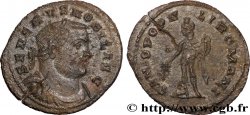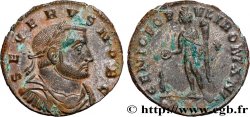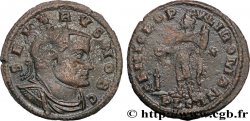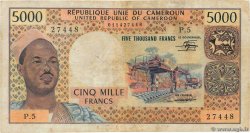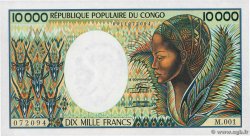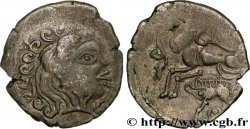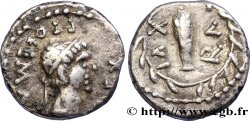Live auction - brm_361493 - SEVERUS II Huitième de follis ou quinaire
You must signin and be an approved bidder to bid, LOGIN TO BID. Accounts are subject to approval and the approval process takes place within 48 hours. Do not wait until the day a sale closes to register. Clicking on "BID" constitutes acceptance of the terms of use of cgb.fr private live auctions.
Bids must be placed in whole Euro amounts only. The sale will start closing at the time stated on the item description; any bids received at the site after the closing time will not be executed. Transmission times may vary and bids could be rejected if you wait until the last second. For further information check the Live auction FAQ
All winning bids are subject to a 18% buyer’s fee.
All winning bids are subject to a 18% buyer’s fee.
| Estimate : | 700 € |
| Price : | no bid |
| Maximum bid : | no bid |
| End of the sale : | 29 September 2015 15:09:15 |
Type : Huitième de follis ou quinaire
Date: 305
Mint name / Town : Roma
Metal : billon
Diameter : 16,5 mm
Orientation dies : 6 h.
Weight : 2,10 g.
Rarity : R3
Coments on the condition:
Exemplaire sur un flan épais, parfaitement centré des deux côtés avec les grènetis visibles. Beau portrait de Sévère II. Joli revers inhabituel. Patine vert foncé
Catalogue references :
Predigree :
Cet exemplaire provient du stock d’Alain Poinsignon et de la collection MG
Obverse
Obverse legend : SEVERVS NOB CAES.
Obverse description : Buste lauré, drapé et cuirassé de Sévère II César à droite, vu de trois quarts en avant (A*).
Obverse translation : “Severus Nobilissimus Cæsar”, (Sévère très noble césar).
Reverse
Reverse legend : PRINCIPI IVENTVTIS.
Reverse description : Le prince vêtu militairement debout à droite, tenant une haste transversale de la main droite et un globe de la main gauche.
Reverse translation : “Principi Iuventutis”, (Au prince de la Jeunesse).
Commentary
Rubans de type 3. Sans césure dans la légende de revers. Ptéryges invisibles sous le paludamentum. Monnaie divisionnaire liée à un donativum, certainement à l’occasion de l’accession de Sévère II au Césarat le 1er mai 305. Le poids de cet exemplaire (2,10 g) semblerait indiquer plutôt un quart de follis (denier) qu’un huitième de follis (quinaire) mais son diamètre et son type semble plutôt le faire rentrer dans la seconde catégorie.
Type 3 ribbons. Without caesura in the reverse legend. Pteryges invisible under the paludamentum. Divisional coinage linked to a donativum, certainly on the occasion of the accession of Severus II to the Caesarate on May 1, 305. The weight of this example (2.10 g) would seem to indicate a quarter of a follis (denarius) rather than an eighth of a follis (quinary), but its diameter and type seem to place it in the second category.
Type 3 ribbons. Without caesura in the reverse legend. Pteryges invisible under the paludamentum. Divisional coinage linked to a donativum, certainly on the occasion of the accession of Severus II to the Caesarate on May 1, 305. The weight of this example (2.10 g) would seem to indicate a quarter of a follis (denarius) rather than an eighth of a follis (quinary), but its diameter and type seem to place it in the second category.








 Report a mistake
Report a mistake Print the page
Print the page Share my selection
Share my selection Ask a question
Ask a question Consign / sell
Consign / sell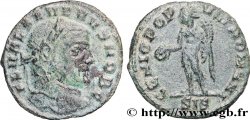
 Full data
Full data
